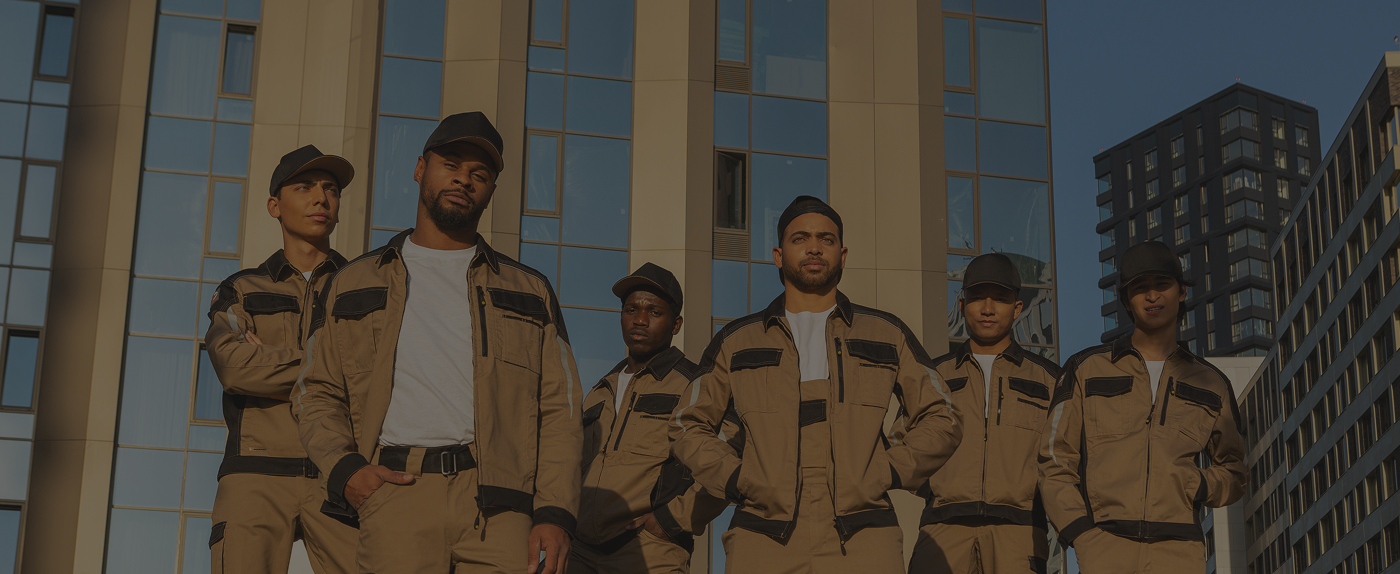
7 Game-Changing AI Innovations Transforming Smart PPE for Worker Safety
For decades, the mantra “safety first” has guided industrial workplaces, yet accidents continue to occur. Industries like construction, mining, agriculture, forestry, and transportation remain some of the most hazardous for U.S. workers. Human error is inevitable, and no amount of caution can completely eliminate it. Enter artificial intelligence (AI), opening doors to anticipating and preventing mistakes that humans alone cannot foresee.
Traditional safety measures are helpful, but they are far from flawless. Even a small margin of oversight can lead to thousands of preventable injuries every year. Dangerous work environments don’t have to be the norm. Imagine a world where safety isn’t just about rules and compliance, but about smart, self-aware protective gear that continuously monitors and safeguards workers.
Current PPE Programs Fall Short
According to the International Safety Equipment Association’s (ISEA) 2025 PPE Pain Points Study, 95% of safety professionals have the time and resources to conduct hazard assessments, and 70% regularly engage with workers about PPE. Yet, 75% of companies still struggle to maintain consistent compliance.
Why? Many workers resist wearing PPE, citing discomfort, inconvenience, or skepticism about its necessity. Even the most comprehensive PPE programs fail if employees bypass protective gear or skip inspections. To foster a true safety-first culture, companies must tackle the root causes of noncompliance.
The Intersection of AI and PPE
Many workplace injuries are preventable. For example, a factory worker wearing proper factory clothing along with a secured fall arrest harness can withstand a gust of wind safely, while someone only wearing a hi-vis vest faces serious risk. Hindsight may be 20/20, but workers in high-risk environments rarely get the chance to learn from mistakes without consequences.
AI-powered PPE is no longer a futuristic concept. By collecting and analyzing vast amounts of data, AI can identify safety gaps and proactively prevent accidents. This technology promises a significant reduction in workplace injuries, creating protective gear that doesn’t just respond to danger—it anticipates it.
How AI is Making PPE Smarter
Modern smart PPE is an integrated ecosystem that monitors, analyzes, and provides real-time feedback. Using Internet of Things (IoT) sensors, cloud-based AI platforms, and edge computing, these systems can process data instantly and deliver actionable insights.
For instance, smart PPE can monitor physiological, biometric, and environmental factors such as respiratory rate, oxygen levels, and air quality. In hazardous conditions, AI can alert workers immediately, guiding them to safety.
In large-scale operations, AI excels where humans cannot. It can simultaneously track multiple workers and equipment, performing advanced analytics such as feature extraction, 3D orientation, and context awareness.
How Companies Are Leveraging AI
The smart PPE market is booming, projected to grow from $1.5 billion in 2024 to $3.4 billion by 2030, with a compound annual growth rate of 14.6%. While adoption is still in its early stages due to resource intensity, innovative companies are already reaping benefits.
A major construction firm in Massachusetts implemented a machine learning model that predicts jobsite hazards. In the first year, the total recordable incident rate dropped by 25%, and over time, incidents declined by nearly 60%. The AI evaluated 40 factors tied to worker safety, enabling the company to shift from merely reducing accidents to increasing proactive safety observations.
Manufacturers are now embedding AI capabilities into hard hats, harnesses, respirators, and other PPE. Some systems monitor compliance, while others use edge servers to process IoT data locally for rapid insights.
Breakthrough AI Applications
1. Wearable sensors for real-time tracking
Sensors embedded in helmets, belts, respirators, and bracelets monitor vital signs, movement, and environmental hazards. AI interprets this data to detect fatigue, falls, heat stress, and exposure to dangerous conditions.
2. Computer vision for hazard recognition
AI-powered cameras can verify PPE compliance and identify workplace hazards, from unmarked spills to unsafe proximity to heavy machinery, alerting safety managers in real time.
3. Predictive analytics for risk mitigation
Machine learning evaluates weather, behavioral, and historical data to anticipate high-risk situations, allowing preventive measures before incidents occur.
4. Automation for emergency response
AI can manage emergencies calmly and efficiently, contacting first responders and sharing vital physiological and situational data to optimize response times.
5. Generative AI for training and guidance
Augmented reality (AR) safety glasses powered by AI provide interactive training, dynamic tooltips, and emergency simulations tailored to workers’ performance and skill gaps.
Future-Focused PPE Innovations
Brain-computer interfaces (BMI)
BMI-enabled PPE could allow operators to control machinery or interact with digital systems through thought alone. EEG-based caps inside hard hats could monitor neural activity and environmental sensors to enhance safety and control.
Advanced exoskeletons
Soft, flexible exosuits can support movement, reduce fatigue, and prevent injuries. AI-enhanced exoskeletons analyze motion in real time, optimizing ergonomics and minimizing strain.
AI is Redefining Jobsite Safety
AI transforms workplace safety from reactive to proactive, monitoring multiple workers, equipment, and hazards simultaneously. Imagine a site where PPE compliance is automatic, and AI provides real-time reminders, tips, and warnings. This is no longer science fiction—it is already feasible.
Industries such as construction, manufacturing, oil and gas, forestry, agriculture, health care, firefighting, and chemical handling stand to benefit. AI’s adaptability allows it to evolve with new safety requirements, learning from each interaction to improve accuracy over time.
Implementing Smart PPE
1. Build a business case – Demonstrate ROI by considering insurance savings, regulatory compliance, and operational efficiency.
2. Select the right solution – Evaluate vendors for interoperability, data security, and scalability.
3. Integrate systems – Ensure AI systems are close to edge servers for real-time processing.
4. Collect user feedback – Address discomfort or usability issues directly from employees to improve adoption.
Ethical and Security Considerations
AI raises privacy and security concerns. Employees may feel over-monitored, and data misuse is a risk. Organizations should implement transparent data collection policies and collaborate with IT teams to prevent bias, data drift, and misuse. Ethical AI usage ensures worker rights, dignity, and safety.
The Road Ahead
Thousands of preventable workplace injuries occur annually. AI-powered PPE offers a solution to anticipate and mitigate risks before accidents happen. While AI cannot replace human judgment or creativity, its ability to process massive datasets provides insights humans may overlook, revealing new pathways for safer work environments.
The era of intelligent, adaptive, and AI-driven PPE is here. Soon, workers may look back in disbelief at a time when proactive smart gear wasn’t standard.
Equip Your Team with Smart PPE from Yurinox Workwear
At Yurinox Workwear, we understand that safety is more than a compliance requirement—it’s the foundation of every productive workplace. That’s why our factory clothing store offers a wide range of high-quality, durable workwear and personal protective equipment designed to keep your team safe and comfortable on the job.
From reinforced work jackets and protective clothing to advanced PPE-ready accessories, we ensure that every piece of clothing integrates seamlessly with modern safety practices. By combining traditional durability with the potential for smart PPE integration, we help businesses create safer, more efficient work environments.
Whether you’re outfitting a construction crew, manufacturing team, or forestry workforce, we provide the gear that helps workers perform at their best while staying protected. Explore our collection today and take the next step toward a safer, smarter workplace.
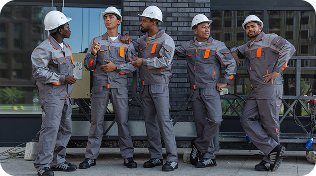

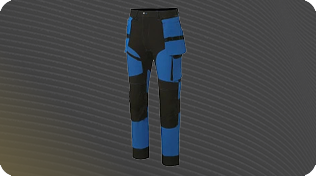
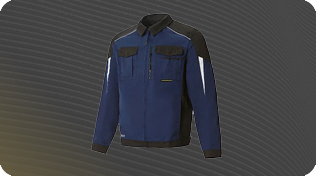
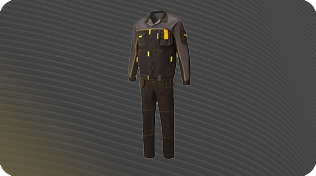
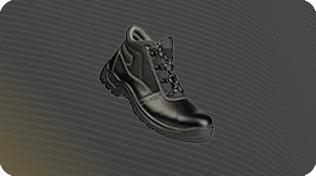
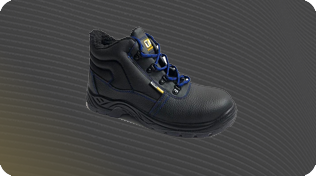
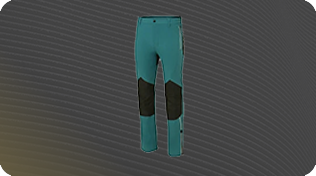


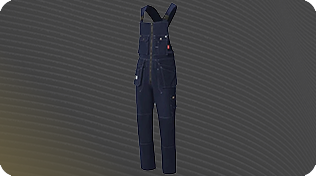
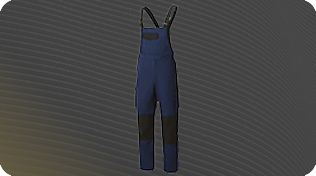
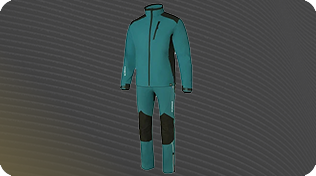

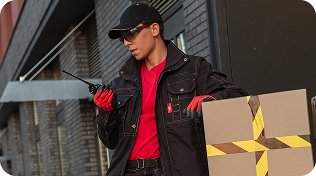


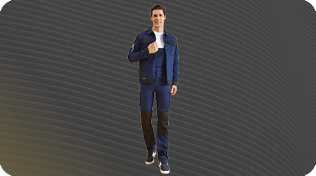

 +19292955525
+19292955525






